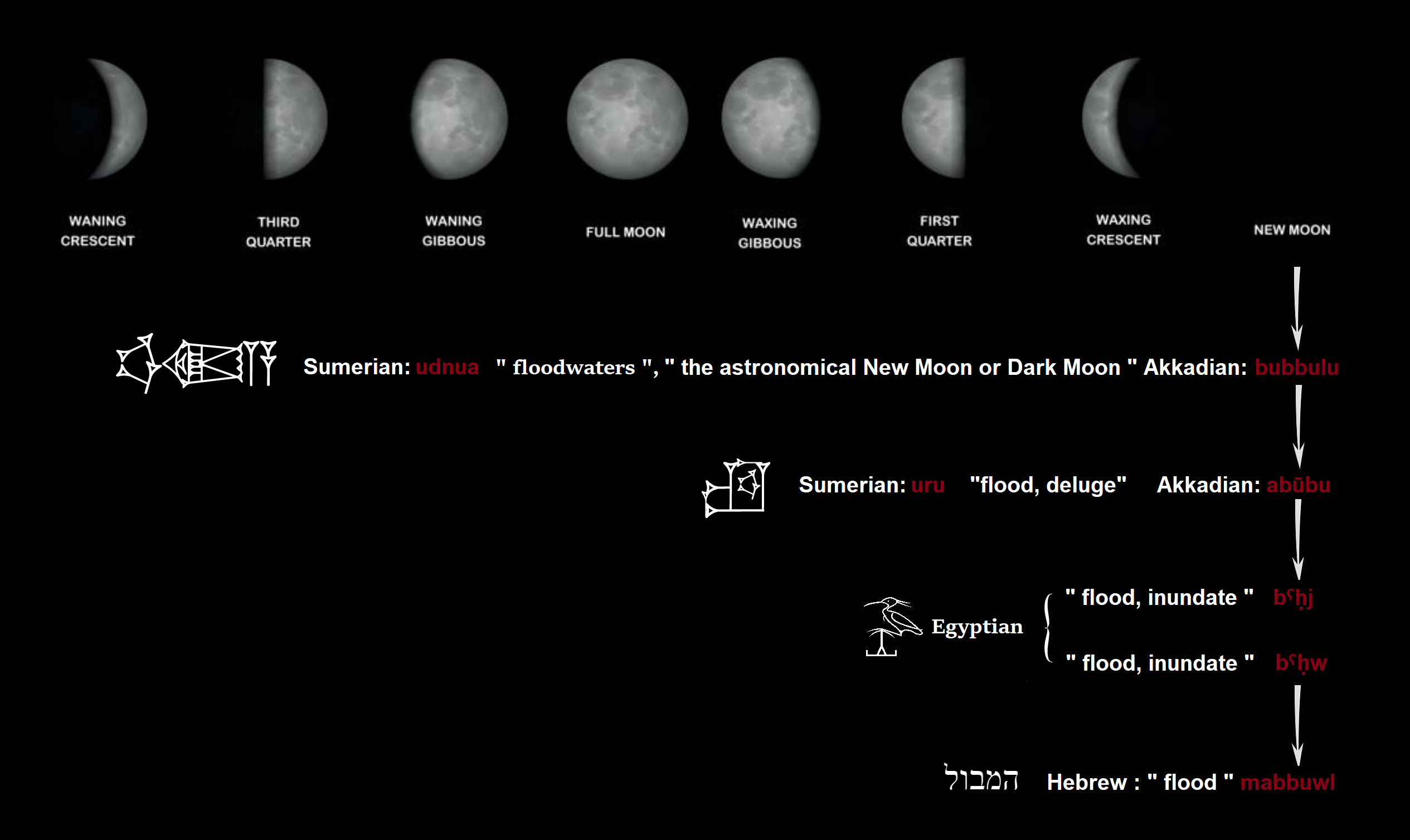Terry Sampson
Well-Known Member
Sure ya could, we're just playin'. But suit yourself; you can hold the bettin' money.Unfortunately, Terry, I can't go there
Welcome to Religious Forums, a friendly forum to discuss all religions in a friendly surrounding.
Your voice is missing! You will need to register to get access to the following site features:We hope to see you as a part of our community soon!
Sure ya could, we're just playin'. But suit yourself; you can hold the bettin' money.Unfortunately, Terry, I can't go there

Somebody go wake @Polymath257 and see if he wants to play.
"Mostly", yes; but the portion that I personally am most interested in consists of:mostly beyond my expertise
Well, no, but that's because I understand "creation scientist" to mean a practitioner of "creation science", which is this: Creation science - WikipediaYour belief is false.
Creation scientists - creation.com
Well, no, but that's because I understand "creation scientist" to mean a practitioner of "creation science", which is this: Creation science - Wikipedia
But sure, if you mean merely a scientist who believes in biblical literalism, rather than one with an actual theory to explain scientifically how the bible accounts can be literal,
then no doubt you can dredge up a handful of cranks.
There is Biblical support for the idea that rain as we know it didn't even exist prior to the flood, but waters misted up from underground rivers or aquifers.
There's also the possibility that the nature of the atmosphere was different prior to the flood. We do know that prehistoric atmosphere levels were twice as dense as they are today. There's a lot of potential ways that atmosphere could have been different than it is today which perhaps could have also had an effect on the creation of rainbows in the sky. A situation that wouldn't have been altered until the flood's catastrophic altering of the world's climate and ecology.
Some speculate things like water or ice canopies over the earth which were destroyed with the flood, but others don't believe this is a viable explanation. And I don't think you need to rely on explanations like that in order to have rainbows appear only after the flood.
Where we generally credit the Greeks with being the first to formulate axioms in written form, we ignore the underlying design of the Mesopotamian and Egyptian systems of metrology and the unique methods of calculation,
Hmmm, I'd have to disagree for the simple reason that Mesopotamian and Egyptian systems of metrology are actually designed for the purpose of rigorous dimensional analysis and are not just randomly named or conjured up from thin air or mythologies, but I intend to cover that as the thread goes on
This in turn is specifically intertwined with the water clocks they used that timed the movements of the heavens ( This in itself is a discussion that deserves it's own thread, if you are a fan of math and science history )
Yay !
I'm glad the mention of mathematics has brought some anticipation, usually people start dry heaving when I mention math

I'm a mathematician and also interested in history. In general, the history of math and science (broadly defined here) is something I find fascinating. I'm more familiar with the Hellenistic views and later, so information about previous Egyptian and Mesopotamian views are particularly sought.
I know the basics of the Moscow and Rhind papyri, as well as some of the material concerning Pythagorean triples in Mesopotamian writings. Anything in addition would be helpful.
Awesome !
I don't intend to get to the mathematics quite yet, ( It's going to be rather extensive ) but if you want to skip ahead, I would suggest checking out " regula falsi " ( The method of false position ) which is the main method I use in my presentations regarding mathematics in the antiquities and mathematical astronomy
Also, any work by the suggested authors in the opening post - Oppert, Friberg, Neugebauer, etc ( If you're not already familiar )
I have taught a history of math class (using Katz's book), and covered the method of false position. I have not read Neugebauer, except for one article in the Math Monthly (as I recall), but I know he was the one that dealt with the Pythagorean triples in the Mesopotamian texts.
Another time period I would like to know more about is the Early to Middle Islamic, especially the mathematics from the Bayt al Hiksma.
Awesome !
Also, any work by the suggested authors in the opening post - Oppert, Friberg, Neugebauer, etc ( If you're not already familiar )
I wasn't previously aware of Friberg's work. It seems *very* interesting! Thanks for the reference!
